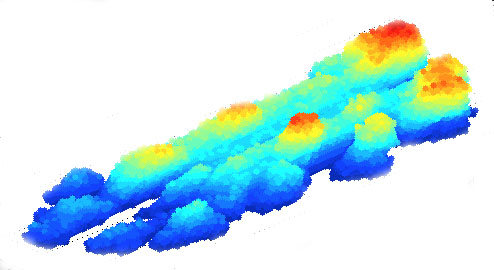Departamento de Matemática Aplicada
Universidad Complutense de Madrid
 |
 |
 |
 |
 |
 |
 |
 |
|
Biofilm Patterns
Replicating cell populations
create three dimensional organisms of diverse
shapes. Elucidating how those different geometries
arise is an intriguing question that has motivated
many theories. Small cellular systems, such as
bacterial biofilms, seem to develop from the
interplay between cellular and mechanical
processes. B.
subtilis biofilms growing on air/agar
interfaces spread while absorbing water and creating
wrinkles, that evolve into a network of channels
circulating water and nutrients. Stiffness
gradients due to cellular division, death, and
swelling govern the observed wrinkled
patterns. Föppl–Von Kármán equations for the
biofilm, coupled to stochastic cellular processes
and to the agar substratum, allow us to reproduce
branching wrinkles and wrinkled coronas. While
wrinkle branching is associated with advancing
compression fronts, wrinkled coronas are related to
a stiffness reduction due to swelling, as shown in D.R
Espeso, B Einarsson, A Carpio, Physical Review E,
91, 022710, 2015
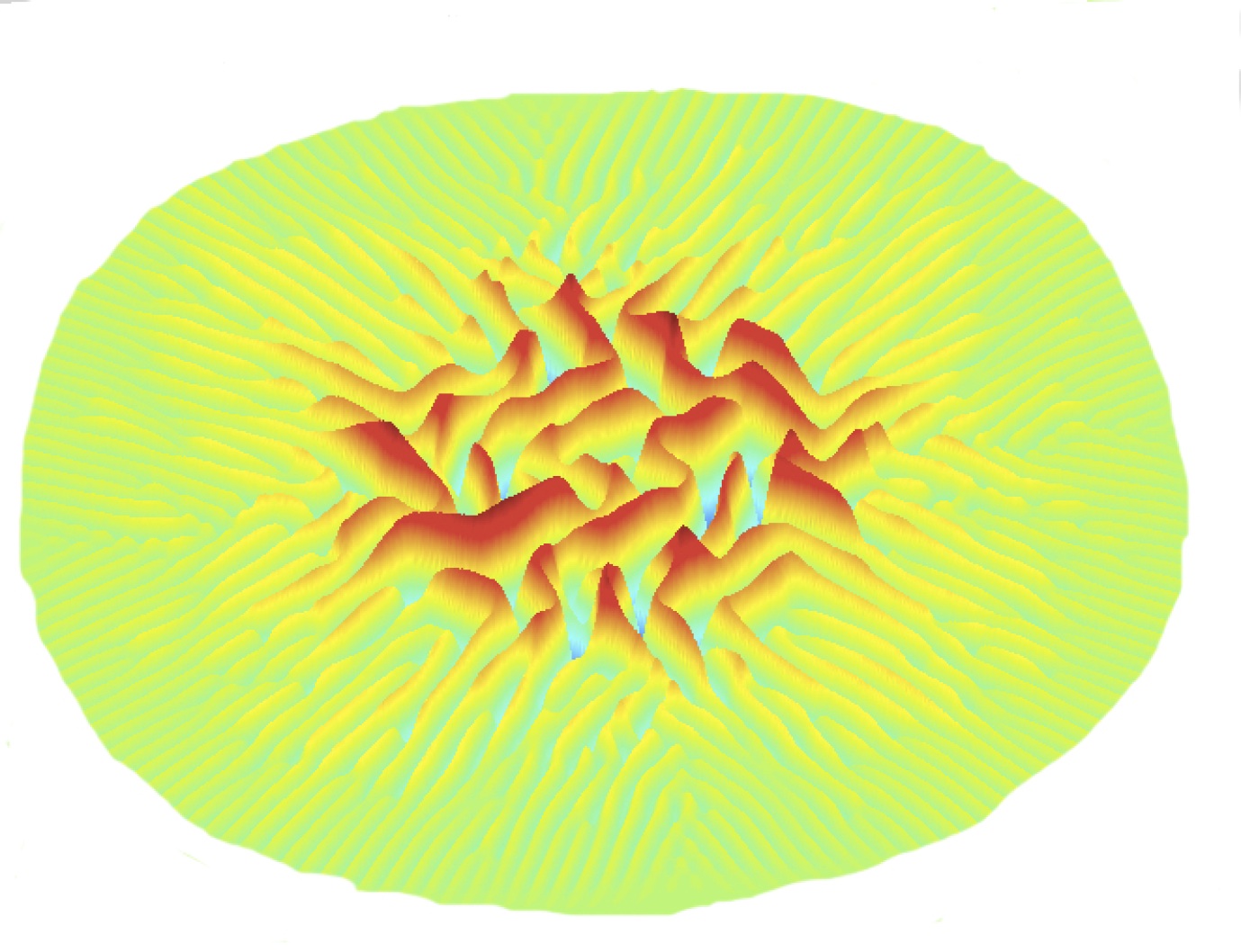
Wrinkle branching
Submerged biofilms grow on liquid/solid interfaces. They take oxygen and nutrients from the surrounding fluid and may alter the substratum they attach to. Depending on the strength of the flow, the concentration of nutrients, the type of nutrient and the bacterial strain, biofilms grow into the fluid forming different patterns. The presence of geometric constraints affects these filamentary structures. In cilyndrical flow circuits we have discovered that helical instabilities develop and biofilms wrap around the walls forming helices that do not interfere with the flow, as shown in D.R. Espeso, A. Carpio, E. Martínez-García, V. de Lorenzo Scientific Reports 6, 27170 (2016). The formation of these structures can be reproduced by discrete rod models coupled to the flow.

In straight channels streamers and ripples are commonly observed.
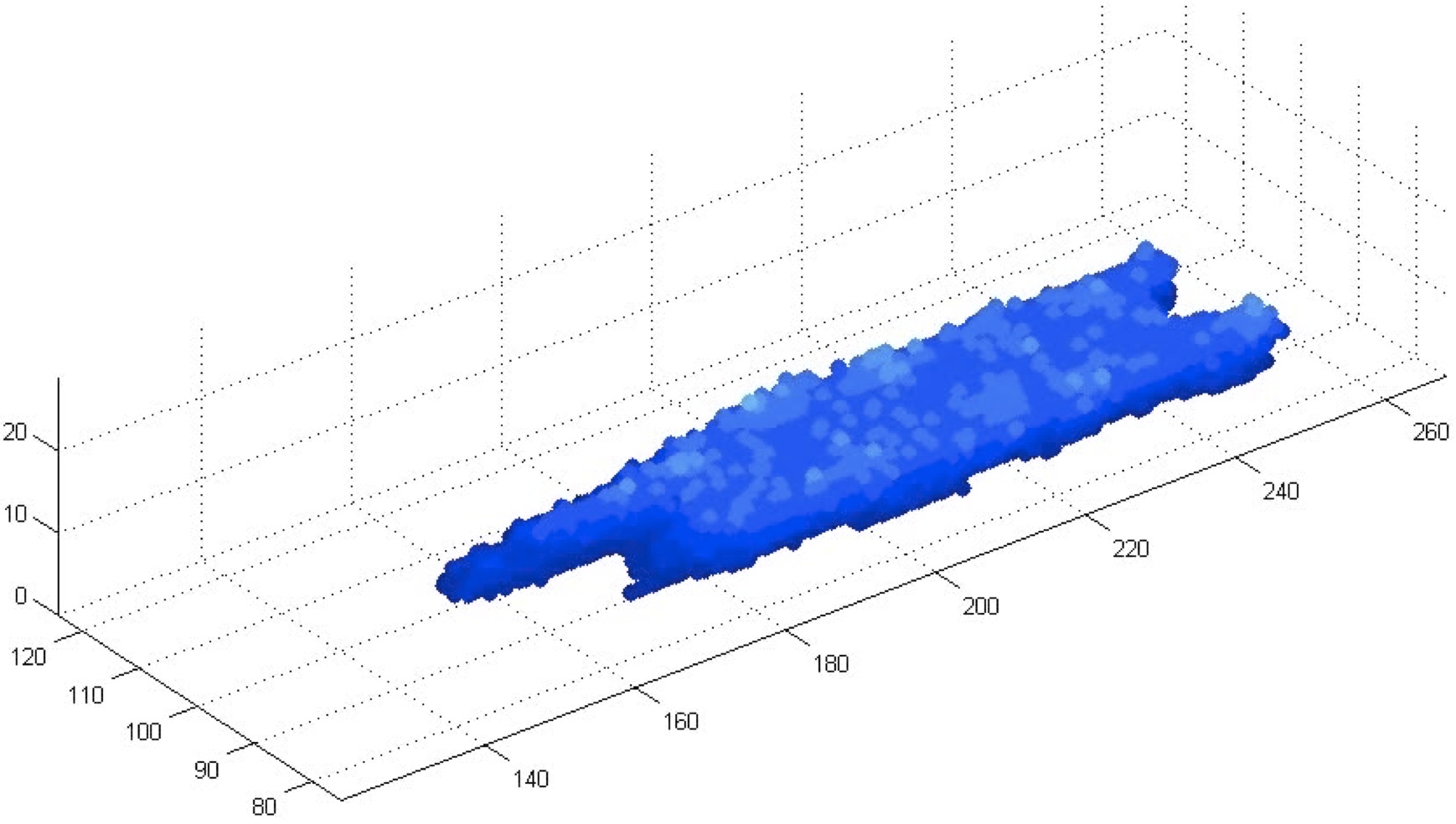

Biofilm washed out Ripples moving dowstream

Wrinkle branching
Submerged biofilms grow on liquid/solid interfaces. They take oxygen and nutrients from the surrounding fluid and may alter the substratum they attach to. Depending on the strength of the flow, the concentration of nutrients, the type of nutrient and the bacterial strain, biofilms grow into the fluid forming different patterns. The presence of geometric constraints affects these filamentary structures. In cilyndrical flow circuits we have discovered that helical instabilities develop and biofilms wrap around the walls forming helices that do not interfere with the flow, as shown in D.R. Espeso, A. Carpio, E. Martínez-García, V. de Lorenzo Scientific Reports 6, 27170 (2016). The formation of these structures can be reproduced by discrete rod models coupled to the flow.

In straight channels streamers and ripples are commonly observed.


Biofilm washed out Ripples moving dowstream
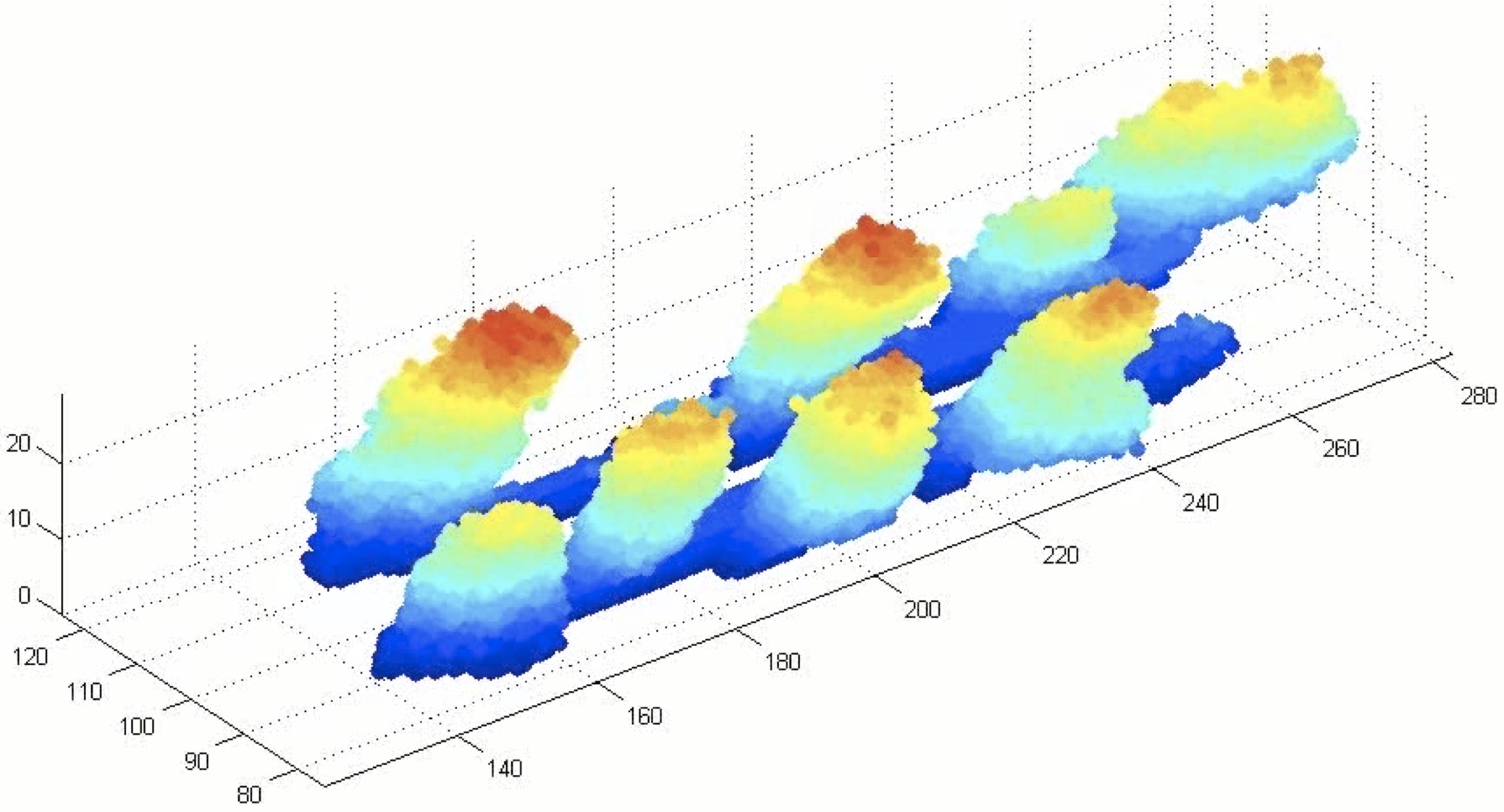
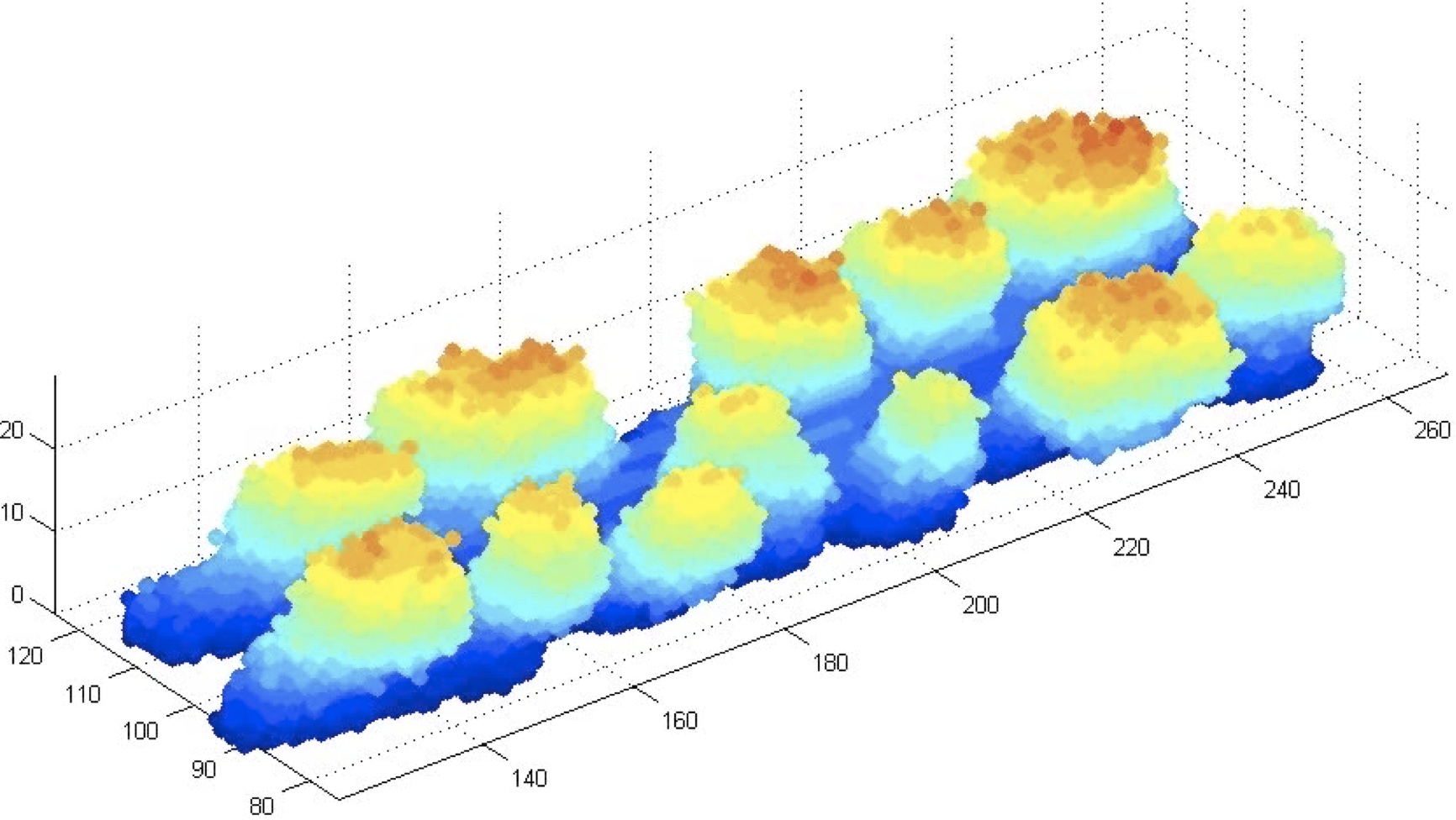
Streamers eventually eroded Groups of mounds
The procedure to produce these
in silico films is explained in Biofilm
growth on rugose surfaces, D Rodriguez, B
Einarsson, A Carpio, Physical Review E, 86, 061914,
2012.


